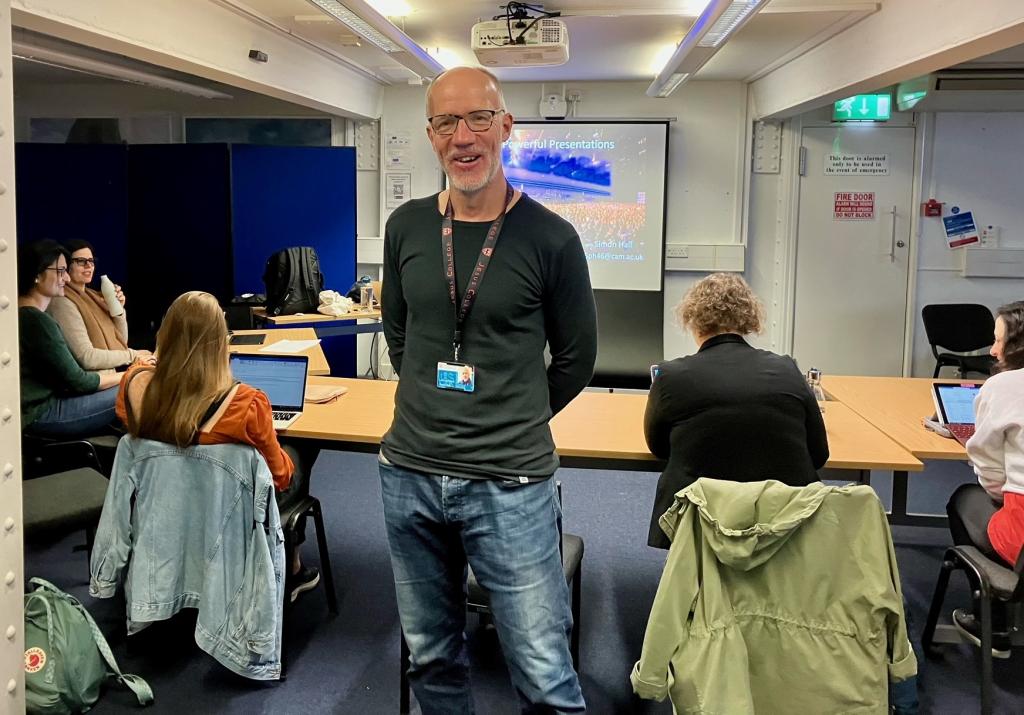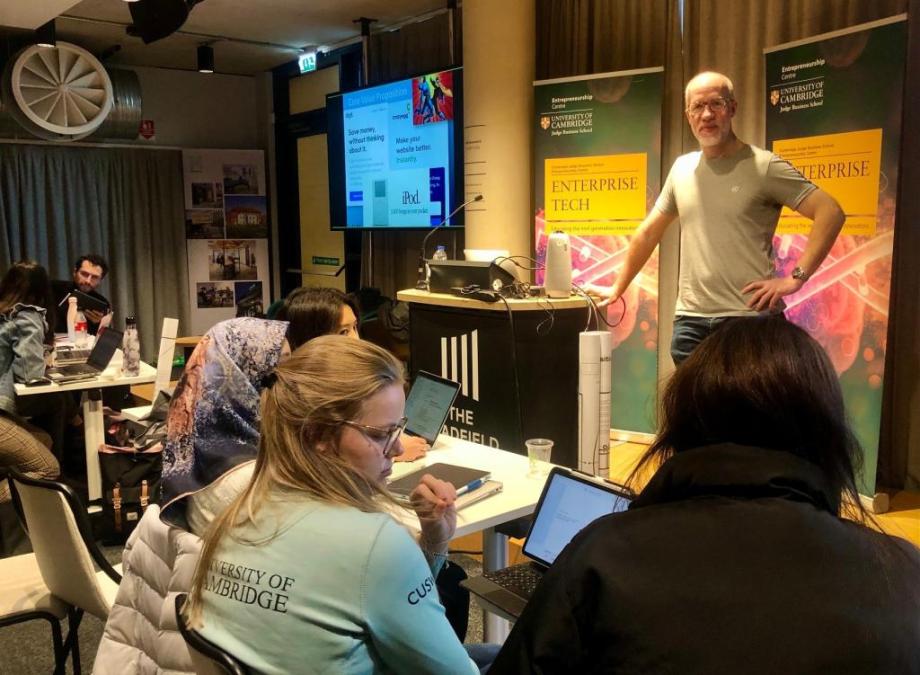One of my public speaking and presentations' tips often surprises a group when I’m teaching the art.
I very much understand why.
When you’re giving a talk, you’re hyper focused on making it go well.
You have to remember your lines, changing slides, what’s coming next, your body language, voice projection, so much.
It’s hard to find any spare bandwidth, given all those demands.
But if you really want your presentation to go down a storm, it’s essential you find a little extra mental room for this.
What am I talking about now? you may well find yourself asking.
(Not for the first time when reading my musings!)
The answer is that you have to watch the audience as much as they are watching you.
Let me explain:
Something else I teach when I’m taking public speaking and presentations workshops is the importance of interactions.
A monologue is dull.
Turning a talk into a dialogue is far more effective.
Giving the audience the space to react, smile, frown, or even just think, is an essential part of an effective performance.
And this is where watching the crowd comes in.
A good presentation should feel like a conversation.
So, what do you think when you’re having a chat with someone…
And instead of giving you a chance to think about what they’re saying, or respond to their questions, or thoughts…
They just keep right on talking non stop, rabbiting on relentlessly, leaving you no time or space whatsoever to feel part of the conversation.
That hardly creates a good impression, does it?
Where as a two-way process, an exchange of ideas and thoughts…
Is more fulfilling by far.
It’s exactly the same when you’re giving a presentation.
You have to watch the audience, so you can allow them space to react.
If you say, something poignant, leave a few seconds for them to process it.
If you crack a hilarious joke (my specialism - ahem!), then leave space for the laughter.
If you pose a question, leave a gap for the audience to answer it, even if that might just be in their heads.
Just as I did when teaching presentation skills to early career researchers here at the University of Cambridge...
And the trick always makes a workshop far more entertaining and effective (hence the happy looking me: it was a great session.)

I know it’s tempting just to push on through a talk.
I appreciate the nerves will be firing, which makes you want to get this scary moment over and done with.
But pause. Take a breath.
Slooooowwww.... doooowwwwnnn.
Pace - your - talk - more gently.
Watch the audience...
Leave them time and space to react...
And the result will always be a much more effective presentation.



